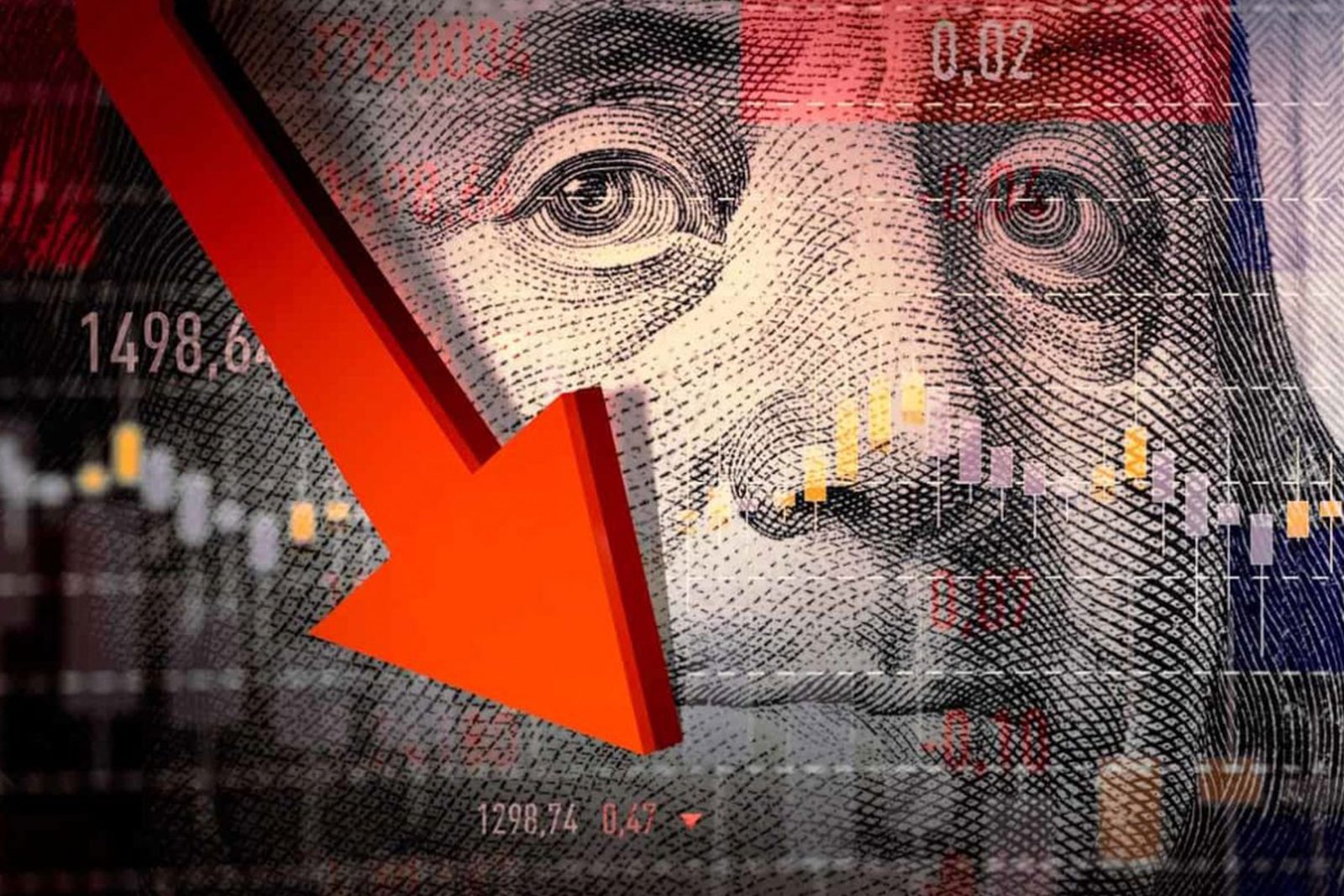Why the U.S. stock market is falling in 2022, explained


Why the U.S. stock market is falling in 2022, explained
The S&P 500 (.SPX), widely regarded as the primary gauge of U.S. stock market performance, has experienced a significant decline of 13.3% since the beginning of April, marking the sharpest four-month drop at the start of a year since 1939. As we progress into May, the index’s year-to-date decrease reached 16% as of Tuesday’s closing, edging closer to the 20% threshold that some investors view as confirmation of a bear market. Meanwhile, the Nasdaq Composite (.IXIC), which places greater emphasis on technology stocks, has seen a more substantial downturn, plummeting by approximately 25% since the year began.
WHAT FACTORS ARE EXERTING PRESSURE ON STOCKS THIS YEAR?
The year commenced with the S&P 500 having more than doubled from its lows in March 2020, but this upward trajectory swiftly reversed course with the arrival of 2022. Investors and analysts primarily attribute the market’s fragility to the Federal Reserve’s policy shift. Initially, as the pandemic gripped the nation, the U.S. central bank implemented emergency measures to stabilize the economy, which also encouraged increased investment in stocks and other riskier assets. However, the Fed signaled early in 2022 its intention to adopt a tighter monetary policy to combat soaring inflation, thereby significantly altering the investment landscape.WHY HAS THE FEDERAL RESERVE’S CHANGE IN APPROACH IMPACTED STOCKS?
In March, the Federal Reserve raised interest rates for the first time since 2018, increasing them by 25 basis points. Earlier this month, the central bank implemented an even more substantial 50 basis point hike – the most significant move in 22 years. Fed Chair Jerome Powell also hinted at the possibility of further rate hikes while initiating the unwinding of assets acquired during the fight against the pandemic’s repercussions. These decisions have cast a shadow over the stock market in various ways. While equities have historically prospered during many of the Fed’s previous rate-hiking cycles, some investors express concerns that surging inflation and elevated commodity prices could compel the central bank to adopt a more aggressive tightening approach, potentially harming economic growth and triggering a recession. Simultaneously, expectations of a stricter Fed policy have propelled previously dormant bond yields higher. The yield on the 10-year U.S. Treasury note has already approximately doubled this year to reach 3%, surpassing this level for the first time since late 2018 when the Fed was concluding its last tightening phase. With bond yields on the rise, bonds have become more appealing investments compared to stocks, with the 10-year Treasury yield now roughly twice the level of the S&P 500’s dividend yield. Elevated bond yields, in particular, diminish the attractiveness of technology and other high-growth sectors, which are valued for their potential cash flows but lose appeal when bond yields surge. This impact has been evident in the significant declines recorded by certain post-pandemic growth-oriented investments, with the Russell 1000 growth index (.RLG) declining by 24% this year.ARE THERE OTHER FACTORS CONTRIBUTING TO STOCK MARKET WEAKNESS?
In addition to the Federal Reserve’s policy shift, the conflict in Ukraine instigated by Russia has introduced further economic uncertainty. This turmoil has led to a supply disruption that has contributed to rising oil and commodity prices while sparking concerns about Europe’s economic outlook. Recent stock market volatility has also been influenced by concerns surrounding China’s economy. Lockdowns aimed at controlling COVID-19 have suppressed production activities in the country.WHAT SIGNALS ARE INVESTORS ANTICIPATING TO HALT THE DECLINE?
Investors are hopeful of indications that U.S. inflation is reaching its peak, allowing the Federal Reserve to ease its potentially more aggressive measures. The release of April’s consumer price index data on Wednesday is the next critical report to monitor. Some investors are closely watching technical indicators, including whether the S&P 500 can maintain key levels, such as 4,000, as well as exceptionally high volumes of downside trading to flush out sellers, or the CBOE volatility index (.VIX) reaching specific levels.Get back to Seikum News 🤓




